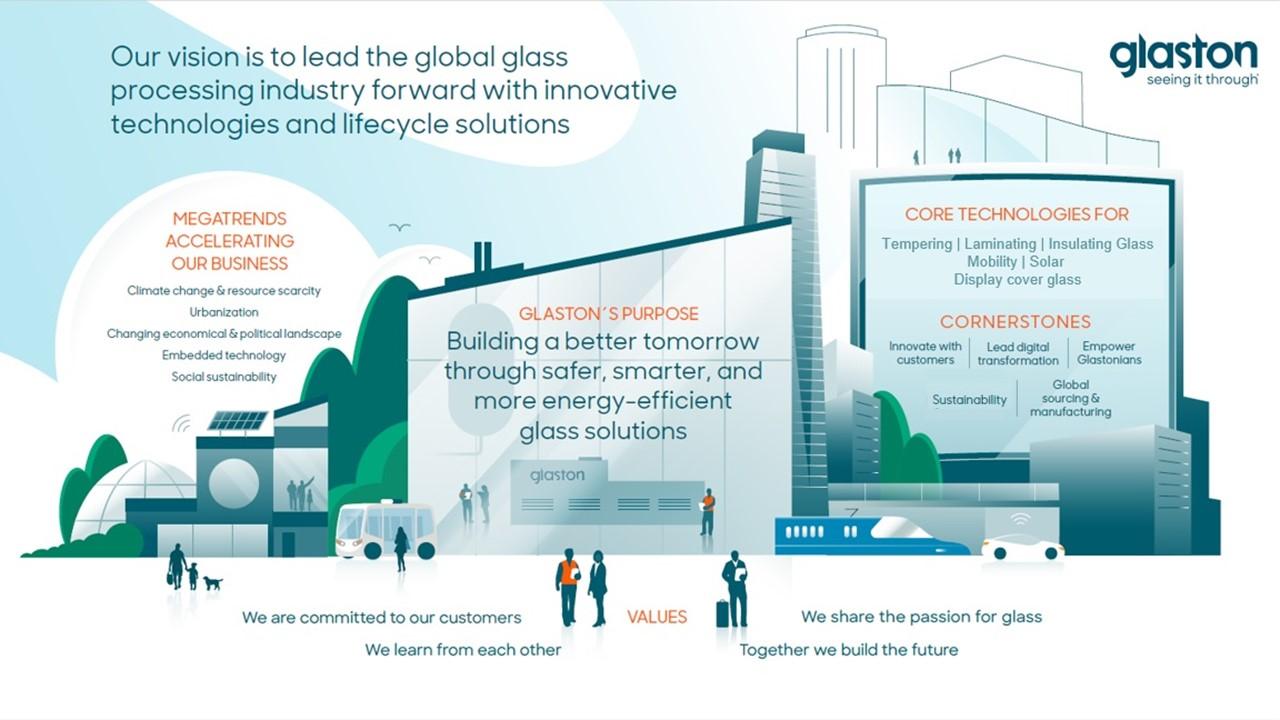Strategy
Glaston sets medium-term strategic targets
Glaston’s Board of Directors has approved adjusted net sales and comparable return on capital employed (ROCE) targets and an extended target period for the strategic targets.
Since the previous strategy update in August 2021, there have been significant changes in the global economy and Glaston’s addressable markets started to soften in 2023. Due to these changes, the time for reaching the strategic targets has been modified to reflect the current expectations. Glaston has adjusted the timeframe for achieving the strategic targets from 2025 to the medium-term (3−5 years) except for the emissions reduction targets with a timeframe up to 2032.
Glaston has also slightly updated the net sales target and expects the annual average growth to exceed the addressable equipment markets’ growth. The updated target for comparable return on capital employed (ROCE) is above 16%. The target for the comparable operating margin (EBITA) of 10% remains unchanged.
Glaston currently estimates the annual addressable equipment market growth for architectural glass processing to gradually recover from -6% in 2023 back to approximately 5% during 2025−2026. The addressable equipment market for mobility, display and solar glass processing is expected to grow more than 5% each year.
Glaston’s medium-term (3-5 years) strategic targets:
- Annual average net sales growth (CAGR) exceeding the addressable equipment markets growth
- Comparable operating margin (EBITA) of 10%
- Comparable return on capital employed (ROCE) of above 16%
- Customer satisfaction score (Net Promoter Score, NPS) above 40
- Group-wide zero lost time accidents target, progress measured by lost time accidents per million working hours (LTIFR)
- Employee Engagement target above 75 (out of 100)
- GHG emissions reduction targets:
- Reduce absolute scope 1 and 2 GHG emissions by 50.4% by 2032, compared to the 2022 base year (1,491 tCO2e)
- Reduce the scope 3 GHG emissions by 58.1% per square meter of sold machine processing capacity by FY 2032 compared to the FY2022 base year (emission intensity). 2022: 0.00043 tCO2e/m2
